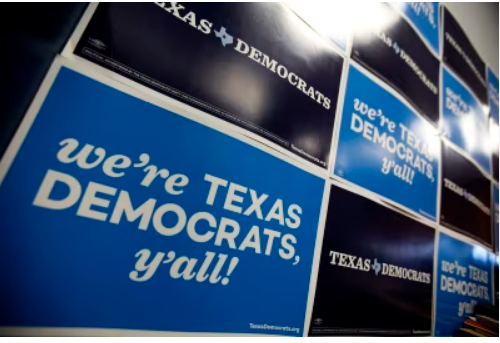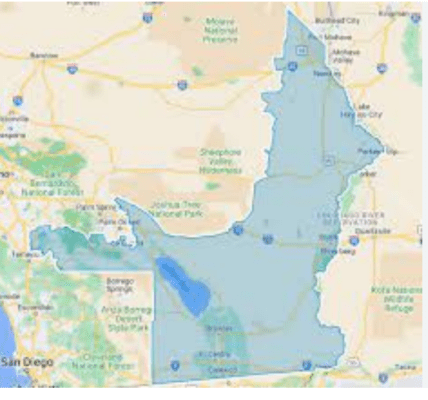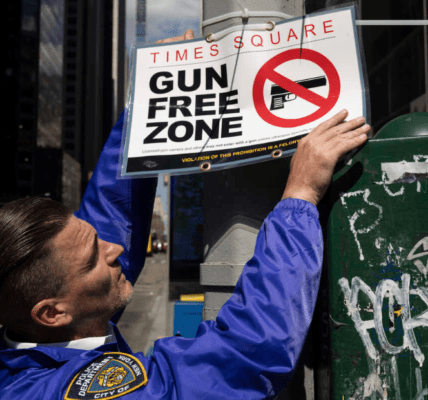Emergence of Texas Majority PAC
In a strategic move to tackle the longstanding challenge of turning Texas blue, a new player has entered the arena – the Texas Majority PAC. This group, formed over a year ago in the aftermath of the 2022 election, is managed by alumni of Beto O’Rourke’s campaign and boasts financial backing from Democratic megadonor George Soros. With a relatively low profile, the PAC has raised $1.25 million, with campaign finance reports expected to shed light on how these funds are being deployed across the state.

Soros‘ Financial Involvemen
George Soros, a prominent Democratic megadonor, has made significant six-figure donations through the Texas Majority PAC to three county parties — Dallas, Cameron, and Hidalgo. The funds are also directed towards other groups with a regional focus, all aimed at registering, contacting, and turning out voters in key regions of the state. This strategic financial injection seeks to create conditions conducive to flipping the traditionally red state.
Regional Focus and Infrastructure Building
The PAC, in collaboration with Soros, has a specific focus on building party infrastructure at the regional level. Katherine Fischer, the PAC’s deputy executive director, emphasizes the distinct nature of various regions in Texas, necessitating different strategies. The group aims to amplify its impact by working with partners across the state, aiming to achieve the monumental task of turning Texas blue.

Democratizing Funding in Local Politics
The financial contributions from Soros, often made in coordination with the PAC, represent a game-changer for local county parties, traditionally less accustomed to sizable contributions. This funding is expected to empower county parties, even in major Democratic strongholds, facilitating strategic planning and execution of get-out-the-vote efforts.
While the Texas Majority PAC aligns with the state Democratic Party’s mission to mobilize Democratic voters, signs of tension have surfaced privately. Concerns have been expressed about potential programmatic fractures and duplication of effort, reflecting the challenges inherent in coordinating efforts across multiple organizations with a shared goal.

Sizing Up Opposition and Criticisms
Despite its mission, the PAC faces opposition from Republicans who view the financial support from Soros as an attempt to turn Texas blue. Figures like Governor Greg Abbott and other Republicans have cited Soros’ donations in fundraising emails, employing him as a rallying cry against the Democratic push. The PAC, however, remains steadfast, asserting that Soros’ support is a point of pride and an endorsement of their cause.
Long-Term Investments and Democratic Breakthroughs
Drawing inspiration from states like Georgia, Arizona, and Virginia, the Texas Majority PAC sees its mission as a long-term investment. Michelle Tremillo, co-executive director of the Texas Organizing Project, likens their approach to states where Democratic breakthroughs did not happen overnight. The focus is on consistent growth in voter participation, laying the groundwork for sustained Democratic presence rather than immediate electoral victories.
Collaborative Efforts and Ambitious Goals
The state Democratic Party has expressed a welcome attitude towards any investments and efforts that collectively align with the ambitious goals of keeping Joe Biden in the White House, defeating Ted Cruz, and electing more Texas Democrats. Recognizing the vastness of Texas, the party emphasizes the need for efficient use of time and resources in pursuit of their shared objectives.
Read More:
- Lottery Loses Luck: Ohio’s Cybersecurity Snafu
- EPA Takes Action on Vinyl Chloride After Ohio Toxic Spill Raises Concerns
The Texas Majority PAC, backed by George Soros, represents a strategic effort to reshape the political landscape in Texas. As the PAC navigates challenges, tensions, and opposition, its focus on regional dynamics and long-term investments underscores the complexity of the mission to turn Texas blue. The upcoming election cycle will reveal the effectiveness of this concerted effort to mobilize Democratic voters in a traditionally Republican stronghold.







